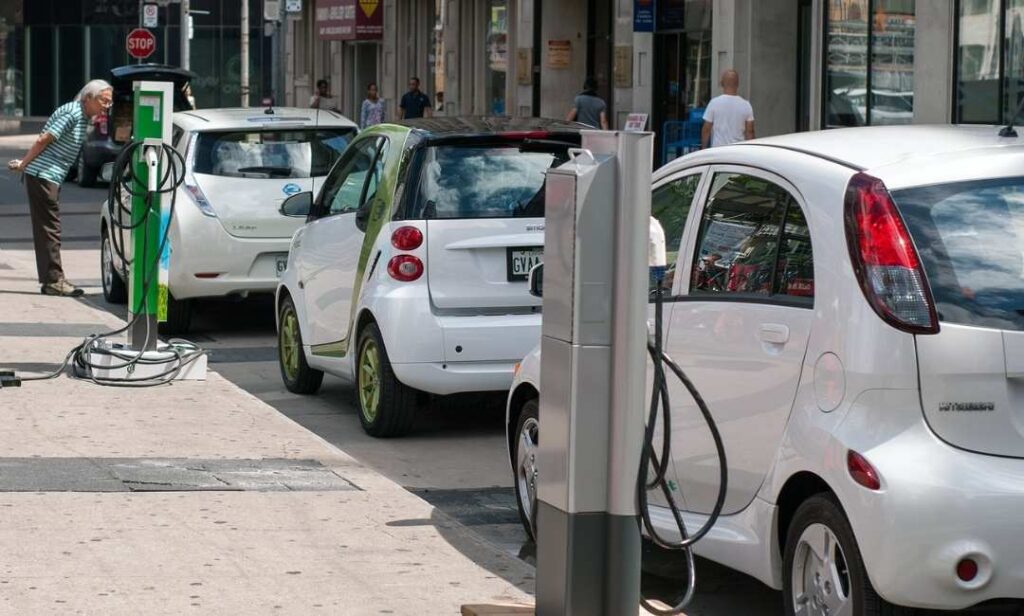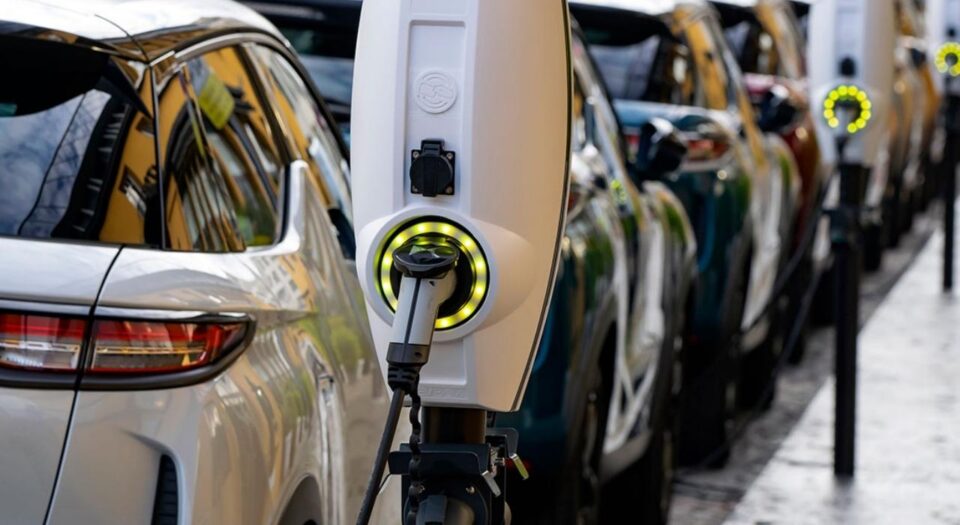Electric vehicles (EVs) have been steadily growing in popularity, touted as the future of transportation for their eco-friendly appeal and cutting-edge technology. However, their rise hasn’t been powered solely by consumer demand. Government incentives and subsidies have played a major role in keeping the wheels of the EV market turning—but at what cost? It’s time to examine whether these subsidies are fueling innovation or creating an unsustainable dependency that could collapse without taxpayer support.
The Cost of Subsidies to Taxpayers
Government incentives for EVs, such as the federal $7,500 tax credit and additional state-level perks, are designed to make electric cars more affordable. While this has helped many consumers switch to greener transportation, it comes at a hefty price for taxpayers.
A study estimated that, without these subsidies and hidden costs, the average EV price would surge by thousands of dollars—putting them out of reach for most buyers. For every dollar spent propping up the EV industry, taxpayers are absorbing the financial burden, even if they never intend to own an electric car.
The ripple effect spreads beyond car buyers. Manufacturing plants focused on EV production often receive grants and low-interest loans that are rarely repaid in full. Subsidized charging infrastructure further drains public funds. While all of this is marketed as an investment in a sustainable future, the question remains whether this strategy is sustainable at all.
Automakers Struggling to Find a Profit

Despite subsidies, automakers are struggling to make EV programs profitable. Companies like Ford, General Motors, and Honda have reported billions in losses from their electric divisions. Even with EV sales increasing gradually, these numbers suggest that producing electric models isn’t currently sustainable without continuous government assistance. Tesla, often hailed as a success story in the EV world, benefits heavily from these subsidies, and its dominance raises questions about whether smaller players can survive in the same competitive landscape.
When subsidies drive innovation, they can be justified. Solar energy, for instance, has seen tremendous advancements that have driven manufacturing costs down. But with EVs, some argue that automakers are simply using subsidies to offset inefficiencies rather than fundamentally solving challenges like battery costs, range anxiety, and recharging infrastructure. If these issues aren’t addressed, the EV market risks collapsing the moment government support is pulled.
The Benefits of Subsidies
Of course, it’s not all bad. Subsidies have undoubtedly accelerated the adoption of cleaner transportation. They’ve given consumers an option to transition away from gas-powered cars, especially as countries set aggressive targets to lower greenhouse gas emissions. Subsidies have also incentivized many automakers to pour resources into EV research and development, leading to advancements in range, efficiency, and accessibility.
Additionally, they’ve been pivotal in early-stage efforts to build widespread charging infrastructure, which is critical for convincing skeptical buyers to make the switch. Without this network, the perceived inconvenience of owning an EV might prevent many from considering one at all.
A Time for Reevaluation
The heart of the issue lies in balance. Should government incentives end abruptly, the EV market could face serious setbacks. However, the same subsidies intended to jumpstart the industry might now be propping up inefficiencies and unsustainable practices among automakers. Companies reliant on subsidies may lack the urgency needed to innovate and adapt to market realities.
One potential solution is to phase out subsidies gradually. This approach might push automakers to become more competitive while avoiding a sudden collapse of consumer interest. But here’s the challenge—can companies like Ford and General Motors, which are already reporting massive losses, afford to stand on their own two feet?
Final Thoughts
While electric vehicle subsidies have undoubtedly helped the industry take off, their long-term sustainability is worth questioning. Are they helping build a future where cleaner cars dominate our roads, or are they delaying accountability in an industry that still struggles to stand independently?
The answer might depend on how both governments and automakers evolve their strategies. If subsidies are scaled back thoughtfully, they could encourage healthy competition and real innovation. But if this support continues indefinitely, we risk creating a market that only survives as long as it’s funded by taxpayers.
What do you think—should governments continue to back the EV revolution at such a high cost, or is it time for the industry to prove it can thrive without constant support? Share your thoughts below!

